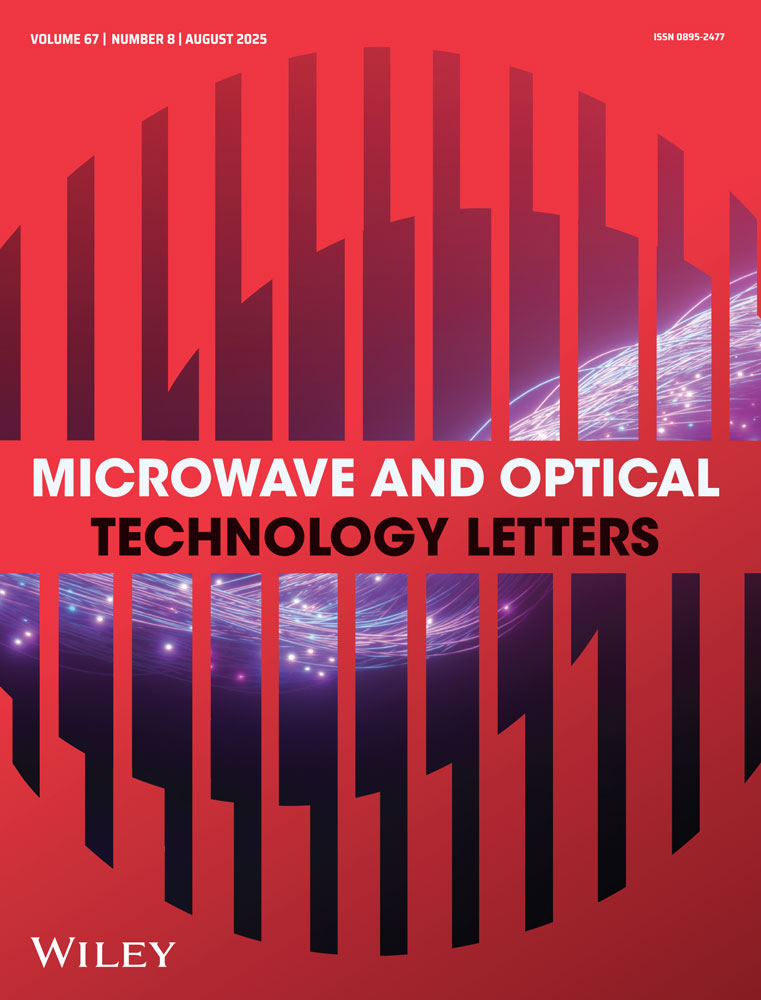Shorted square-ring slot antennas with a rectangular slot coupled by a microstrip line for GPS and 3G communication applications
Abstract
Shorted square-ring slot antennas with a rectangular slot are presented for the global positioning system (GPS) and third-generation communication (3G) operations.The shorted square-ring slot antenna is used as the basic configuration for circular polarization in the GPS band. Then, an added rectangular slot inside the square-ring slot will radiate linearly polarized wave in the 3G band. Because the added slot has little influence in the GPS band's characteristics, the design rule is very simple. The experimental impedance and axial-ratio bandwidths for the GPS band are 19.8 and 4.5%, respectively. Also, the impedance bandwidth and the antenna gain for the 3G band are 14.9% and 2.5 dBi, respectively. The antenna characteristics such as bandwidths and gain satisfy the dual-band's antenna requirements. Especially, the antenna radiation patterns are very suitable to apply in the GPS and 3G systems. © 2010 Wiley Periodicals, Inc. Microwave Opt Technol Lett 52:855–857, 2010; Published online in Wiley InterScience (www.interscience.wiley.com). DOI 10.1002/mop.25051




